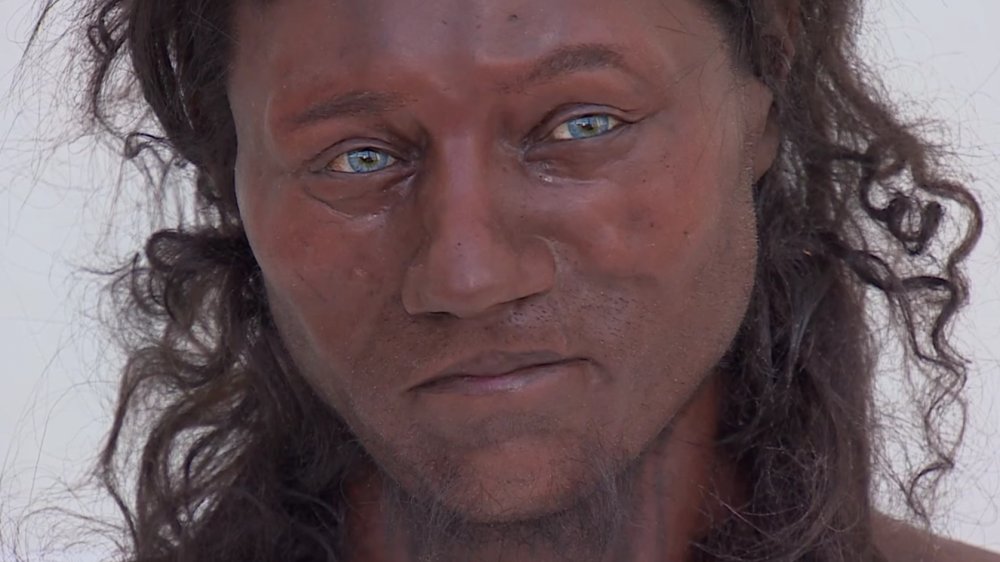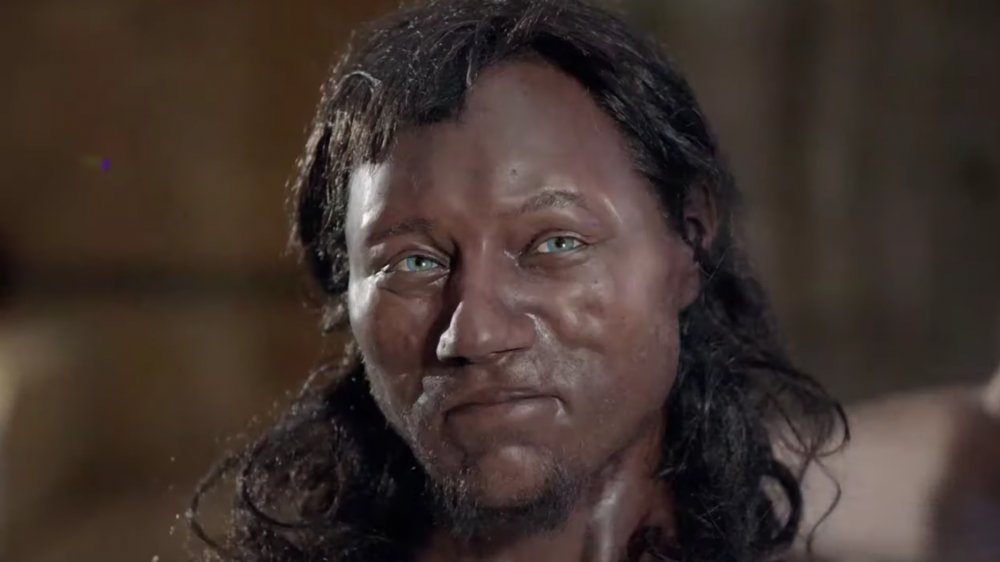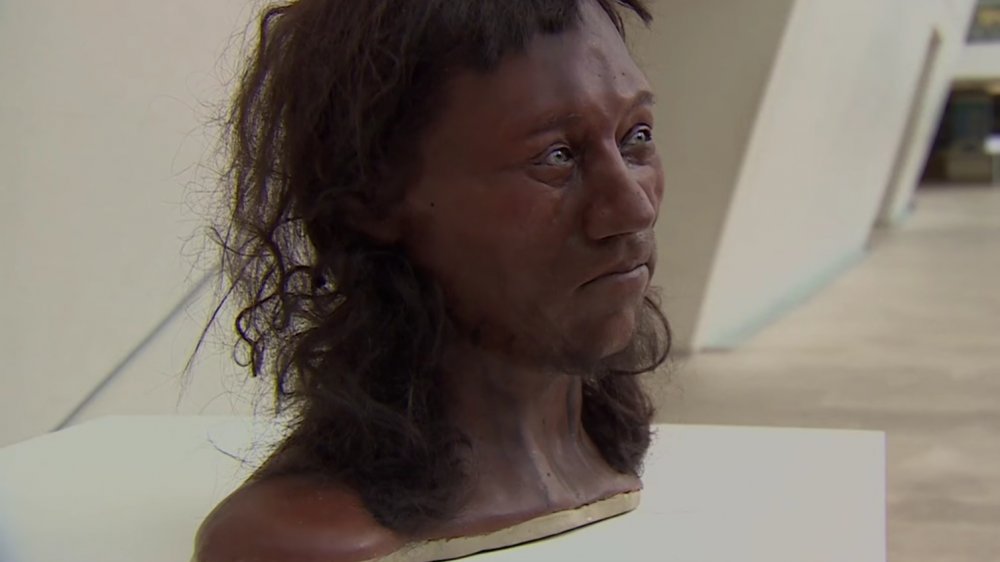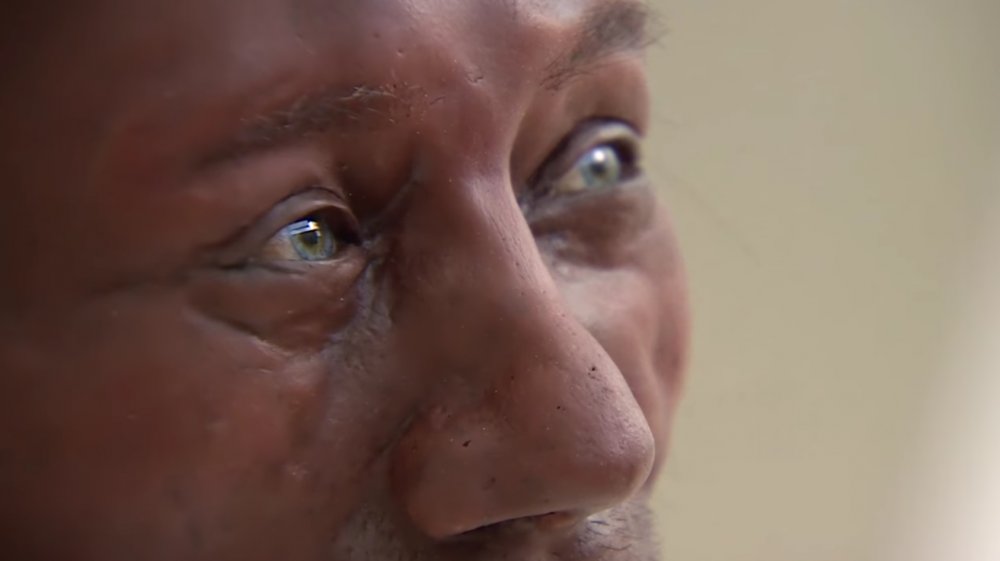The Earliest Humans Living In England Didn't Look Like You Think
Life often plays the Ygritte to humanity's Jon Snow, and not just because life eventually screws people. Time and time again, life tells even the smartest and most knowledgeable individuals, "You know nothing." Facts are screwy things, after all, and just when you think you've got some facet of existence figured out and can neatly package your knowledge in a box with a fancy bow, a new discovery comes along and deflowers your rosy picture of certainty. Take, for example, some of the mistaken assumptions that experts used to take for granted about the earliest humans who lived in Britain.
Archaeology lecturer Dr. Simon James acknowledges in a 2011 piece for the BBC that many details about Britain's earliest inhabitants remain a mystery due to a lack of records. However, he goes on to write: "We can, however, say that biologically they were part of the Caucasoid population of Europe." James explains that Scottish redheads, "the small, dark-haired folk in Wales and lanky blondes in southern England" share their distinct physical traits with inhabitants who arrived after the last Ice Age, or the earliest agrarians of 6,000 years ago.
Based on what people knew in 2011, it made sense to assume Britain's initial inhabitants were as pale as the driven Jon Snow. However, several years later, DNA analyses revealed what Ygritte knew all along: Modern humans knew nothing about the physical ins-and-outs of Britain's post-Ice Age populace.
Say cheese: A snapshot of Britain's Cheddar Man
Speaking with the Natural History Museum at Tring in 2018, researcher Dr. Tom Booth observed that, "Until recently it was always assumed that humans quickly adapted to have paler skin after entering Europe about 45,000 years ago. Pale skin is better at absorbing UV light and helps humans avoid vitamin D deficiency in climates with less sunlight." That theory was put to the test by the tastily named Cheddar Man, pictured above, whose exceedingly well-preserved remains were found at Gough's Cave in Cheddar Gorge, Somerset in 1903.
Cheddar Man lived about 10,000 years ago, and is the oldest known human ever unearthed on British soil. He probably stood about five feet tall, and died in his twenties. Considering that sunlight only seems to visit Britain by accident, it would make sense for Cheddar Man to look like white cheddar. However, genetic testing suggests he looked more like cheddar cheese fudge. Specifically, a forensic tool indicates that his eyes were pale while his skin was "'dark" or "dark to black."
"It seems that pale eyes entered Europe long before pale skin or blond hair, which didn't come along until after the arrival of farming," remarked Booth. While people with lighter skin existed in western Asia and Scandinavia, the Cheddar man's features speak to how people living in Britain looked. And this cheese doesn't stand alone. Evidence suggests that similar-looking Cheddar people lived in Luxembourg, Hungary, and Spain as well.
Cheddar Man probably didn't consume dairy
Agriculture didn't crop up in Britain until about 6,000 years ago, via the Natural History Museum at Tring, meaning Cheddar Man definitely wasn't a dairy farmer despite having the perfect name for one. So how did he live? Dr. Tom Booth explained that prehistoric cheese people led a hunter-gatherer lifestyle and likely subsisted on seeds, nuts, wild deer, cattle called aurochs, and freshwater fish. But Cheddar Man's ilk didn't drink milk from a cow. Not because it sounds vaguely like cannibalism, but because that population was lactose intolerant.
Did Cheddar Man die because of a severe allergic reaction to Cheddar Gorge, where his millennia-old corpse was unearthed? Likely not. His skull had a hole in it, though it's unclear whether he perished from an infection, or if the hole was an accident of excavation. Researchers suspect that, more generally, Britain's Cheddar Men melted away after the arrival of paler-skinned agrarians who migrated to the area and replaced them. However, traces of the lactose-free cheese man live on in a subset of modern humans: Present-day Brits share about 10 percent of their genetic lineage with the Cheddar Man.
Cheddar Man is a sharp departure from academic expectations
In the 2018 book Archaeology, author Dane Castaneda writes that while modern anthropology has rejected the idea of clearly demarcated races, physical anthropologists nonetheless separate people into three major racial categories: Caucasoid, Mongoloid, and Negroid. The Caucasoids primarily reside in Europe, the Negroids largely live in Africa, and the Mongoloids populate Asia. Conventional wisdom holds that these races can be discerned through differences in skin color, eyes, hair, facial shape, and even body proportions. That way of thinking clearly permeated archaeology lecturer Dr. Simon James' claim Britain's earliest inhabitants belonged to "the Caucasoid population of Europe."
Cheddar Man — a dark-skinned, blue-eyed human who came from a population of people that occupied Britain and parts of mainland Europe — derails that train of thinking. His existence handily dismantles the sort of essentialist statements that pervade the way people discuss race or distinct groups of people in general.
However, maybe Dr. Tim Booth said it best: "He [Cheddar Man] reminds us that you can't make assumptions about what people looked like in the past based on what people look like in the present, and that the pairings of features we are used to seeing today aren't something that's fixed."



